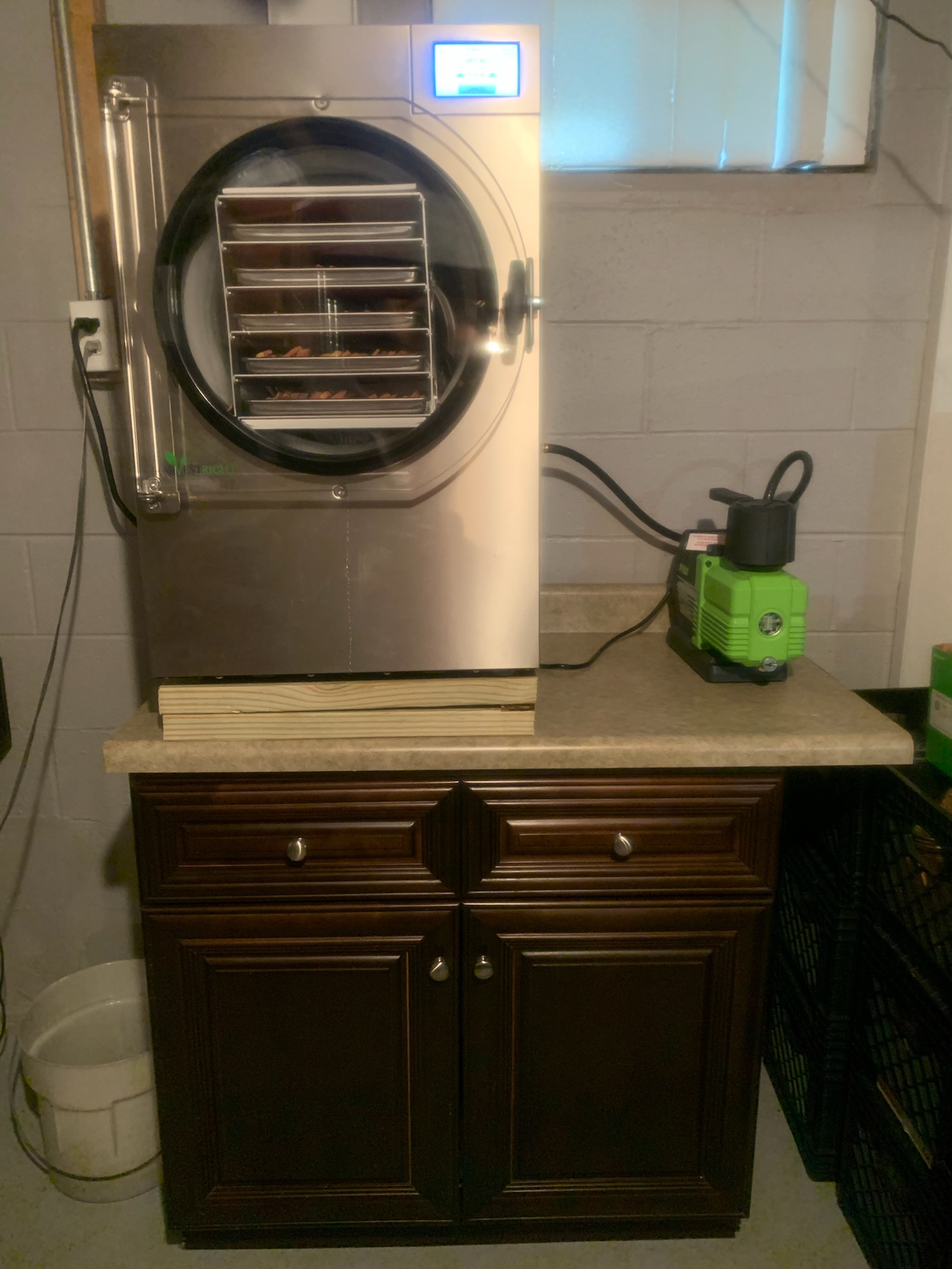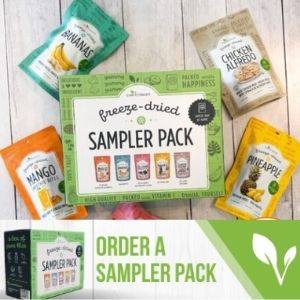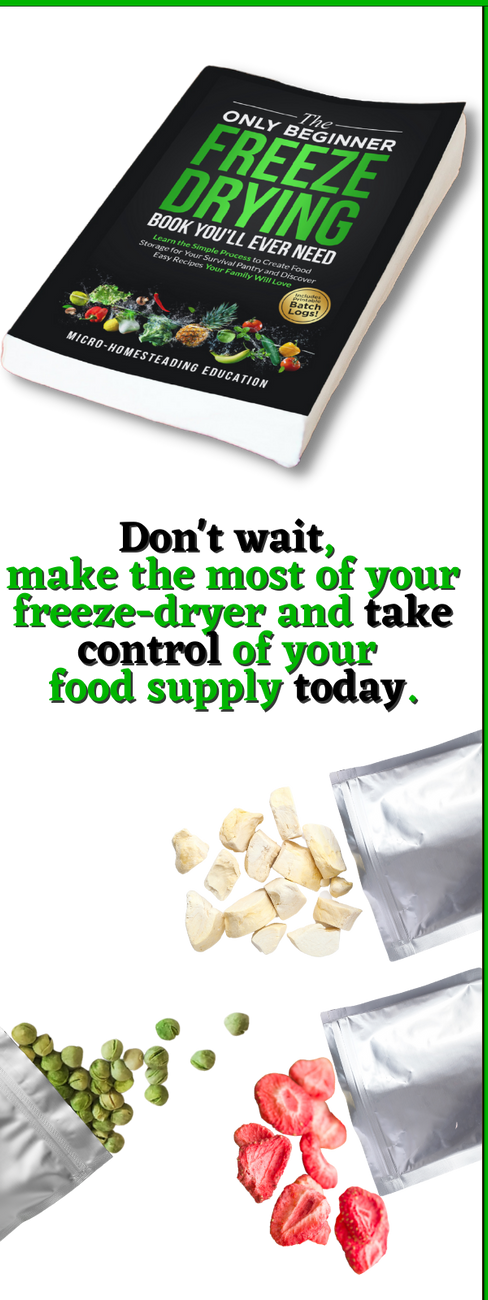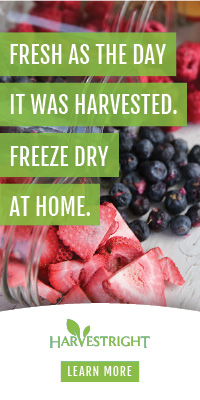What is Freeze Drying?
Preserve Real Food for Decades—Without Sacrificing Taste, Nutrition, or Quality
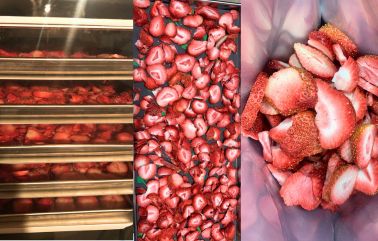
Freeze-drying—also known as lyophilization—is a scientific yet surprisingly simple food preservation method that removes moisture while keeping the food's structure, taste, and nutrients intact. Compared to traditional methods like canning, dehydrating, or freezing, freeze-dried foods can last up to 25–30 years and rehydrate beautifully.
And now, thanks to home freeze-dryers like the Harvest Right, families can preserve their own garden harvests, leftovers, and full meals from the comfort of their kitchen.
Whether you're a homesteader, a prepper, or simply someone interested in food preservation, understanding freeze drying can be a valuable addition to your knowledge.
Want a step-by-step guide to freeze-drying at home?
Our bestselling resource, The Only Beginner Freeze Drying Book You'll Ever Need, walks you through everything—from setup, equipment, and batch logs to food safety and how to fill your storage pantry with food that can last up to 25 years.
Grab your copy here »
How Freeze-Drying Works
Freeze-drying works in three phases:
- Freezing: The food is frozen to -40°F to lock in structure and nutrients.
- Sublimation (Drying): A vacuum removes ice directly as vapor, bypassing the melt stage.
- Final Dry: Gentle heat finishes moisture removal.
This low-temperature, low-pressure process prevents nutrient loss and preserves taste—making it ideal for long-term storage without preservatives.
More in depth look here:
Why Freeze-Dry at Home?
- Extend shelf life of meals 10–25 years
- Preserve 97% of nutrition (vs. ~60% for dehydrated food)
-
Rehydrate quickly with water—great for busy families or emergencies
- Reduce food waste and grocery costs over time
- Freeze Drying vs. Other Methods
- Favorite Freeze Drying Equipment
- Freeze Dry Fruits and Veggies
- Freeze Drying and Food Safety
- Freeze-Drying vs. Dehydrating
Related Topics
Getting Started with Freeze DryingFreeze Drying Techniques and Tips
Rehydration and Consumption |
Food Selection and Preparation
Storage and Packaging
Freeze Drying for Specific Needs |
